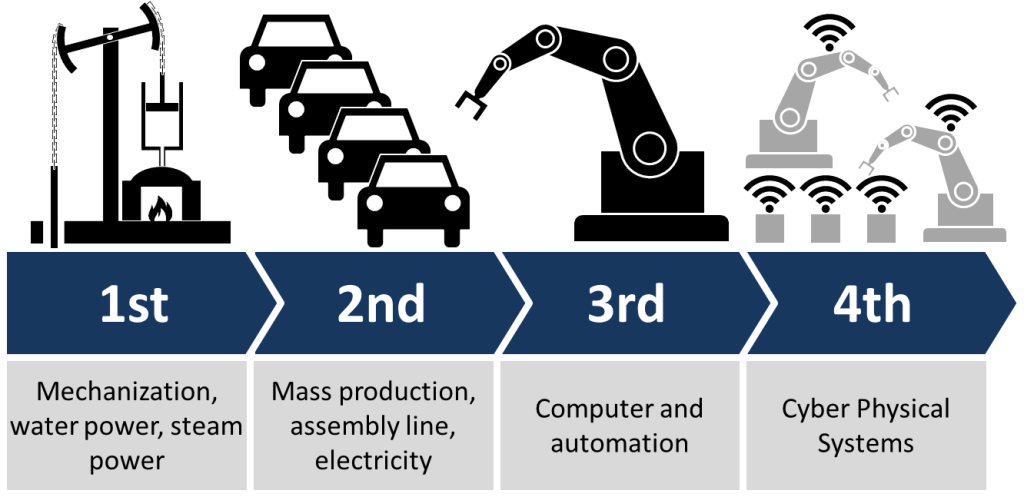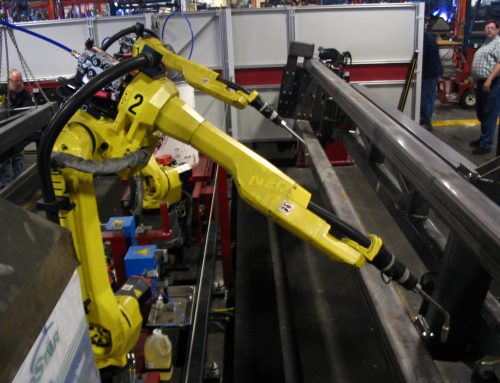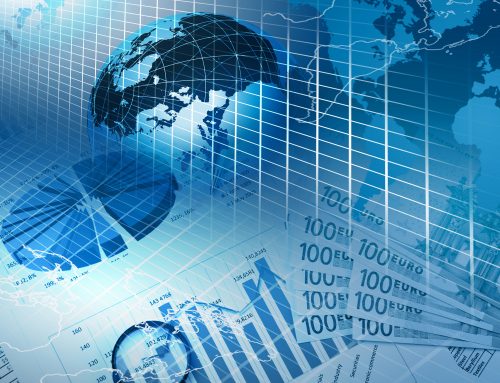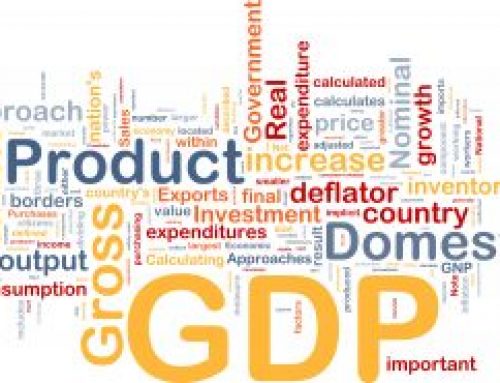I’ve referred to topics surrounding the fourth industrial revolution in past blog posts about automation, and disruption in financial services. The fourth industrial revolution is worthy of its own discussion, in particular because the World Economic Forum focused on it at its 2016 meeting in Davos, Switzerland. Executive Chairman of the World Economic Forum Klaus Schwab elegantly defines the fourth industrial revolution in the context of the previous three:
“The First Industrial Revolution used water and steam power to mechanize production. The Second used electric power to create mass production. The Third used electronics and information technology to automate production. Now a Fourth Industrial Revolution is building on the Third, the digital revolution that has been occurring since the middle of the last century. It is characterized by a fusion of technologies that is blurring the lines between the physical, digital, and biological spheres.”

Schwab goes on to differentiate the fourth revolution from the third. The fourth industrial revolution is moving faster, at an “exponential rather than linear” rate. The scope of the impact will be felt across entire systems of production, management, and government. Think of robotics, the Internet of Things, self-driving cars, 3-D printing, nano- and bio-technologies. These developments, among many others, will enhance the technology we already use. Technology has allowed people to be connected across continents, to streamline many aspects of everyday life, and has paved the way for innovations unheard of 50 years ago, when a computer filled an entire room. Today, we carry computers in our pockets with far more advanced processing and storage capabilities.
The fourth industrial revolution can create many positive results globally. Logistics and global supply chains could become more efficient, and the costs of trade, transportation, and communications could decrease. From these, new markets can become available and growth worldwide has the potential to increase.
However, remaking societies and economies is not without risk. Labor market disruption, as we have seen in recent years with automation and robotics, could result in further income inequality. According to Schwab: “This will give rise to a job market increasingly segregated into ‘high skill/high pay’ and ‘low skill/low pay’ jobs, which will increase social tension.”
The impact on business is complex and multifaceted. But the changes spring from the transfer of simple digitization in the third revolution to combinations of technologies in the fourth. The customer has moved to the center of the economy, with the focus on delivering products and services that meet their needs. We can now meet these requirements by using different types of technologies together to create a well-rounded product. Further from that, the new economy will require collaboration to achieve these ends. For example, professionals in robotics, 3-D tech, and biotech may work together to create or enhance a product. Therefore, the increased emphasis on customer satisfaction, product enhancements, and collaboration of different types of technology will require business leaders to view their organizations differently. Talent and skill sets will need to be re-evaluated. The ultimate point of the Fourth Industrial Revolution can best be summed up in Schwab’s words: “I am convinced of one thing—that in the future, talent, more than capital, will represent the critical factor of production.”





